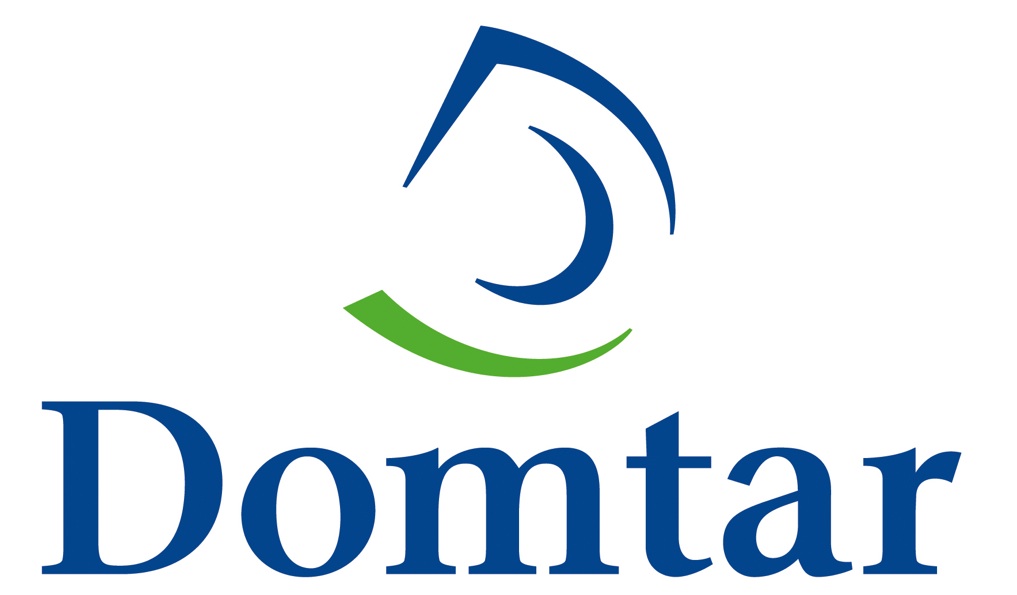Domtar's Featured Difference Maker: Karen Calder, Executive Director of Classroom Central

Domtar Featured Difference Maker
In the months following 9/11, Karen Calder searched for a way to better serve her community. One day, she read a feasibility study about a new project called Classroom Central, a proposed nonprofit aimed at providing school supplies to children living in poverty. The study moved her to tears.
“I knew if they offered me the job, I had to take it,” said Calder, the executive director of the Charlotte, North Carolina, nonprofit. “This was an opportunity to do something meaningful for my community. It’s about helping children in a way that lifts them up and helping teachers, people doing noble work who receive little support or monetary reward. Classroom Central is a place of love and care and support for these teachers and that radiates out into their classrooms.”
With Calder at the helm—she led the organization from 2002 to 2009, and returned in 2015—Classroom Central has blossomed. The organization now serves 192 Charlotte-area schools in six districts. Last year, it supplied children with $50 million worth of school supplies through programs such as the Free Store and Backpacks & Basics.
Tell us a little bit about yourself.
I graduated with an English degree and planned to be a high school English teacher. I come from a family of educators and tried student teaching at a high-needs school, but I found it wasn’t for me. I wound up doing marketing and sales for for-profit companies before finding my way to the Charlotte Chamber of Commerce. It was there that I started to learn about the inner workings of my community.
How did you find Classroom Central?
Classroom Central kind of found me. Through my work with the Charlotte Chamber of Commerce in 2002, I heard a lot about it in our staff meetings. Eventually I was asked if I was interested in interviewing for the executive director role. I had never envisioned myself working for a nonprofit organization. It was the greatest leap of faith I’d ever taken in my career.
What were the early days like at Classroom Central?
We started with five donors, 12 volunteers, a really good idea and a logo. That was it. We didn’t have a facility to work out of. We had no full-time employees. I had to take a salary cut to do the work. But I knew this was a great idea that would fulfill a huge need in our community. I knew that with a lot of hard work, we could make it a success. I signed a lease on a building, and the community really stepped up. A lot of the work done to the building was done through in-kind donations from our general contracting and construction communities.
In October 2002, the Free Store opened. How does that work, and how do you stock it with supplies?
The Free Store allows educators from qualifying high-needs schools to make an appointment to shop for free school supplies. When we open our doors to teachers from 36 schools, they can shop our store as they would any other store, except everything is free. On average, teachers spend $500 to $1,000 of their own money to outfit their students and classrooms every year. The average income of a first-year teacher here is $35,000. We don’t think that’s fair.
Companies like Domtar—a major donor—provide paper, pencils and all the basics. We also work with the Kids in Need Foundation to procure donations from large, national chain stores. We host school-supply drives and collect donations at sites across the Charlotte area. We also solicit donations from local businesses.
How has Classroom Central grown?
The Free Store is our flagship program. But we now also do Backpacks & Basics, which supplies children from schools that have 100 percent free and reduced lunch populations. There are 22 schools in our area that fit that criterion. These kids are foster children, homeless or in a home earning less than $25,000 per year. Last year, we served 6,300 children from 10 schools through this program.
We also operate a mobile Free Store that takes truckloads of supplies to outlying districts to bring these benefits to them. And then we have Classroom Up, a web-based Free Store where teachers can order the supplies they need and have them delivered. I’m pleased to say we now have seven full-time employees and three part-time employees — a big difference from the early days of Classroom Central.
How do you hope to make a difference?
By equipping teachers to affect students’ lives, I really do feel like I am making a difference through Classroom Central. It’s a beautifully simple mission, but the lasting effects are impactful. While it looks on the surface like just pencils and crayons, what we’re really doing is helping our children be successful emotionally, academically and socially. I count my lucky stars every day that I get to be a part of it.

